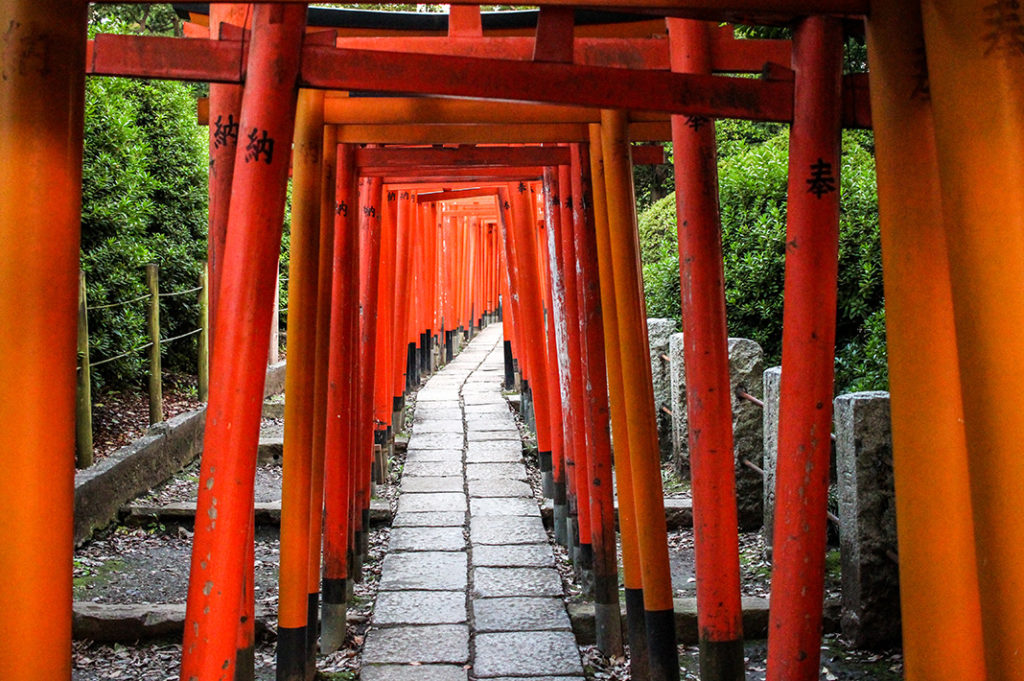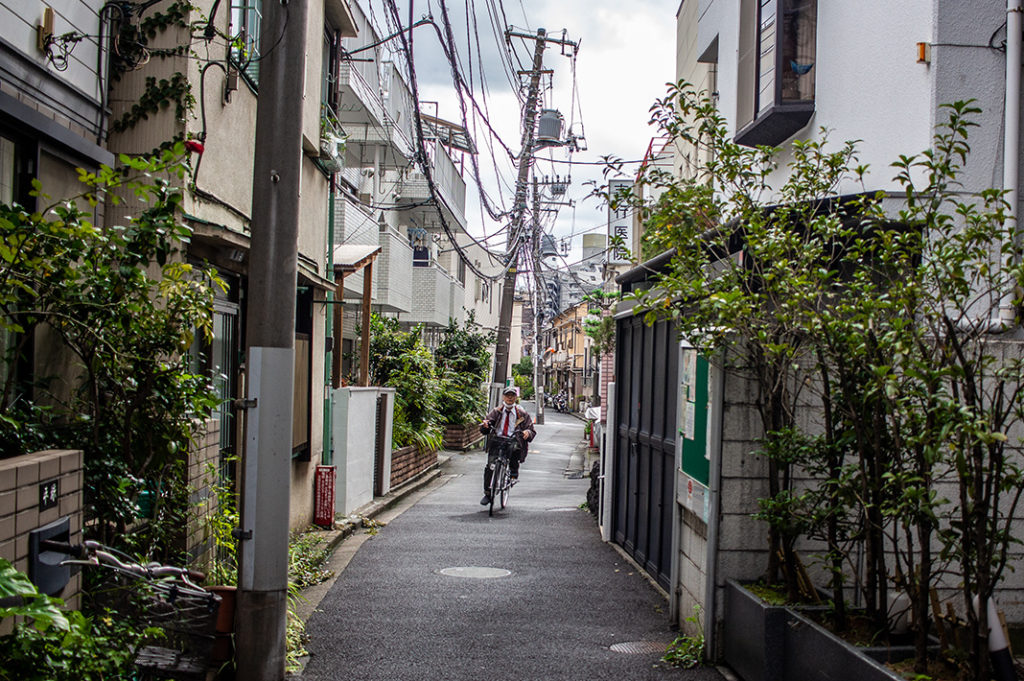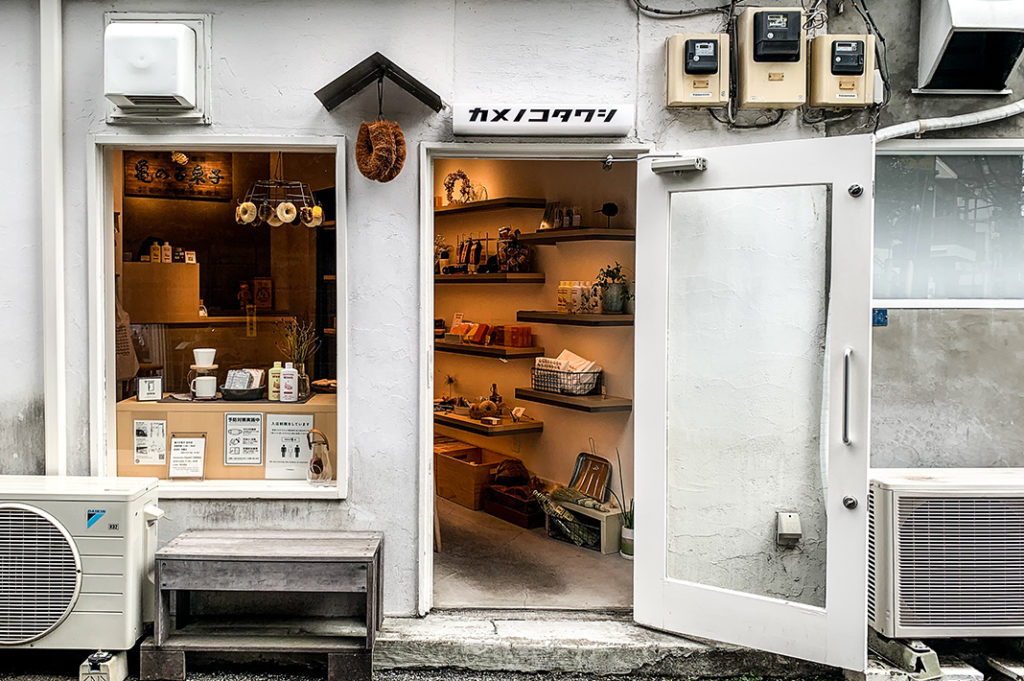
On any given day, you can count on the main tourist areas of Tokyo to deliver a cacophony of light and sound and chaos. While that kind of energy has its place, those looking to tap into the culture and personality of Old Tokyo should check out an area like, say, Yanaka.
This neighbourhood, northwest of Ueno, in Tokyo’s Taito Ward, is what’s known as a ‘Shitamachi’—or downtown—area, traditionally inhabited by the working class. Sans glitz and glamour, it’s pure history, charm and great photo opportunities. Read below and follow along with this map for our suggested walking tour of Yanaka.
Yanaka Itinerary
As the majority of shops open around 11:00 am, you’ve got plenty of time to get to Yanaka in the morning. Make your way to Nezu Station, on the Chiyoda Metro Line, and walk seven minutes to Nezu Shrine. Though technically not in Yanaka, Nezu it is part of ‘Yanesen’, an umbrella name for the three neighbourhoods of Sendagi, Nezu and Yanaka. They’re not very big neighbourhoods, so you’ll end up wandering through all three on this walking tour.

10:30am: Nezu Shrine
This little backstreet gem dates back to 1705 and is somewhat overlooked by foreign visitors. The most famous aspect of this Shinto shrine is the torii gate tunnel, a mini version of Kyoto’s famous Fushimi Inari Shrine. The gates run along the side of the complex to Otome Inari Shrine, a place for maidens to pray for marriage. It’s a great spot to snap some photos, particularly if you can’t get down to Kyoto. (Read about a few other torii gate tunnels in Tokyo here.) If you happen to visit between early April and early May, the grounds come alive with Azaleas when they host their Tsutsuji Matsuri Azalea Festival. Definitely worth a look.
Walk down the wiggly Hebimichi ‘snake road’
When you’re ready, start heading toward Yanaka Ginza via ‘hebimichi’, or snake street. This residential road wiggles its way through the neighbourhood, lined with narrow homes adorned with pot plants and those curious water bottles said to ward off stray cats. Locals zip past on bikes, unpeg laundry from the balconies and chatter to their neighbours.

Kamenoko Tawashi
A must-see shop on hebimichi is the Kamenoko Tawashi brush shop, a company that has been in business since 1907 manufacturing scrubbing brushes made from wire and natural fibres. The name ‘kamenoko tawashi’ means little turtle brush, and their flagship product is a scrubbing brush made from wire and natural fibres, designed for cleaning vegetables or scrubbing pots and pans. The brush itself is meant to be turtle-shaped, and the logo is—you guessed it—a turtle. Aside from the original brush, they have expanded into all kinds of homeware products including a range of softer body brushes. If you’re looking for a historic, lightweight and environmentally friendly souvenir, this is it. It’s open 11 am – 6 pm, closed Mondays.

(You can read the rest of the article at this link. This article was first published by Team JJ on April 24, 2022. Check here for deeper and unique insights into visiting Japan, including wellness, travel, cuisine and more. Find us on Instagram and on Facebook.)
Author: Team JJ






